What is a product planner? 7 Questions for Subaru's Michael Redic
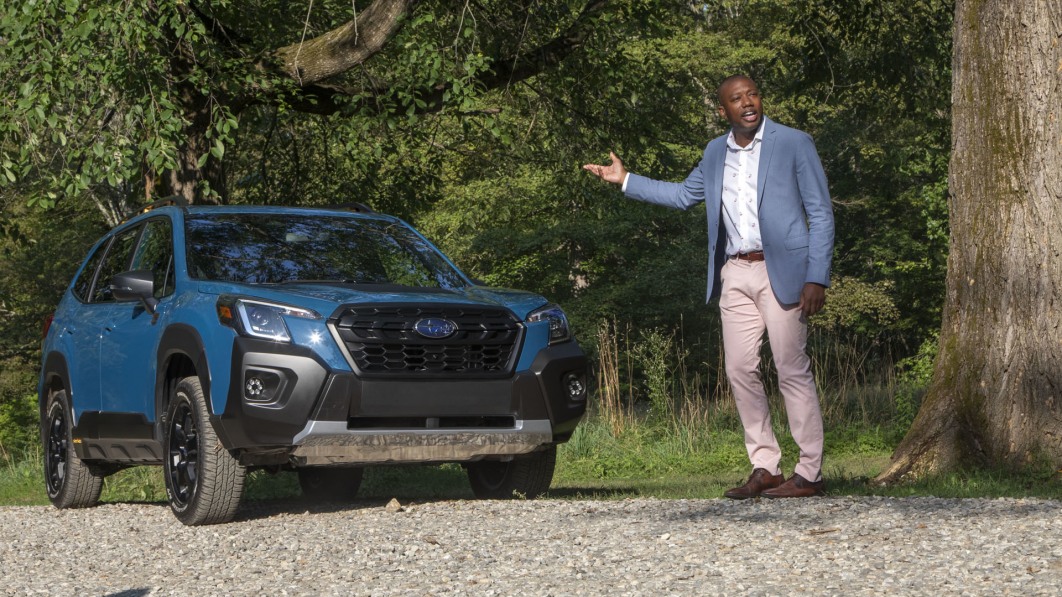
As automotive journalists, we’re often asked, “How did you get that job?” People usually didn’t even know you could do such a thing. In this 7 Questions series, we’re highlighting other jobs in the automotive industry that you might not have heard about before. What do they do, how’d they get to do it, and other questions about their particular corner of the car world.
The Subaru Forester has changed quite a bit since its earliest days when the idea of a special variant meant offering the sport-tuned XT or, in other markets, the Forester STi. Times have obviously changed as the 2022 Subaru Forester Wilderness shows. It’s all about getting muddier and going further off-road than other Foresters rather than carving canyons quicker.
While such a pivot over time may be painful for high-octane car enthusiasts, there are very good reasons for these changes: customers. Remember, people actually buy cars. And to find out what customers want and don’t want, car companies need product planners like Michael Redic. One of three car line planning managers at Subaru, he was responsible for the Forester Wilderness as well as the recent mid-cycle update for the Subaru Crosstrek that saw it (finally!) get a more powerful engine option.
He’s also a really interesting guy whose journey to product planning should be an inspiration to anyone looking to find a role in the automotive industry, but who isn’t entirely sure what they can do and how they can go about doing it. This conversation has been condensed and edited.
Autoblog: Michael, you’re a car line planning manager: What does that mean, and what do you do?
Michael: Basically, a car line planning manager is the main point person in the United States for our nine specific car lines. We manage everything (starting) from the initial designs that Subaru comes up with. We do a lot of focus-group testing, we work with executives on designs … we do a lot of trending and analysis to see what do people want in a vehicle? What kind of vehicle do they want, even, just to start with? And we work with all this analysis to put together the best design, the best specifications and pricing. So the full enchilada. And then we get it out the door, including work with marketing and PR.
Then we manage the life cycle for the vehicle as well (for example, both the initial launch of the current Forester generation for 2018 as well as the recent mid-cycle refresh that included the new Forester Wilderness). We determine what content goes into the vehicle. The big minor changes for the vehicle in later years and basically just work back and forth with Japan and our side to make the best vehicle that we can.
Autoblog: How early in the design process for a new generation or new model do you get involved?
Michael: This is changing. So before, we would maybe see some design ideas after the project was fairly far along. But now, we are getting involved earlier and earlier in the timing for the vehicles to get their initial design concept, sketches, that sort of thing. So we’re getting the ability to give earlier feedback as well as do earlier focus-group testing and that sort of thing on the vehicles as well.
Subaru product planners, including Michael Redic, getting hands-on with their off-roading research.
Autoblog: What are examples of the research and hands-on experiences your team did for the Forester Wilderness?
Michael: So the first thing is sometimes you notice something and then you’re looking to see with analysis, like, is this actually true? And then other times, you may crunch some numbers and start to see a common thread and (realize) this is an area that we should focus on. Kind of both things happened in the initial concept for Forester Wilderness.
We obviously see a lot of Subaru customers doing very outdoorsy things in their vehicles, which is very different from a lot of the other brands on the market. And at the same time, there was a lot of data that was showing that this isn’t just a Subaru thing per se. This is an American thing that lots of Americans are getting out there and going to national parks, or even just putting their bikes on their car and going for a long bike ride someplace. So our customers were getting out there more and more, but a trend for the whole country was people are just getting outside and doing more outdoor activities.
So we see that, hey, this trend is actually happening. Then it’s asking, “If Subaru’s going to do this, how do we make this brand-appropriate for Subaru?” To do that, we have to identify what Subaru customers really value. They value the things our brand does really well, which is all-wheel drive, safety, reliability. They value road comfort, that sort of thing. So we know, OK, these are the things that we can’t compromise. So then we look at those attributes related to the outdoors that customers are looking for. I want something that’s easy to clean. I want something that holds up. I want something where I don’t have to worry about damaging paint on the side mirrors, that sort of thing. I want something that I can put my bikes in without dirtying up the headliner.
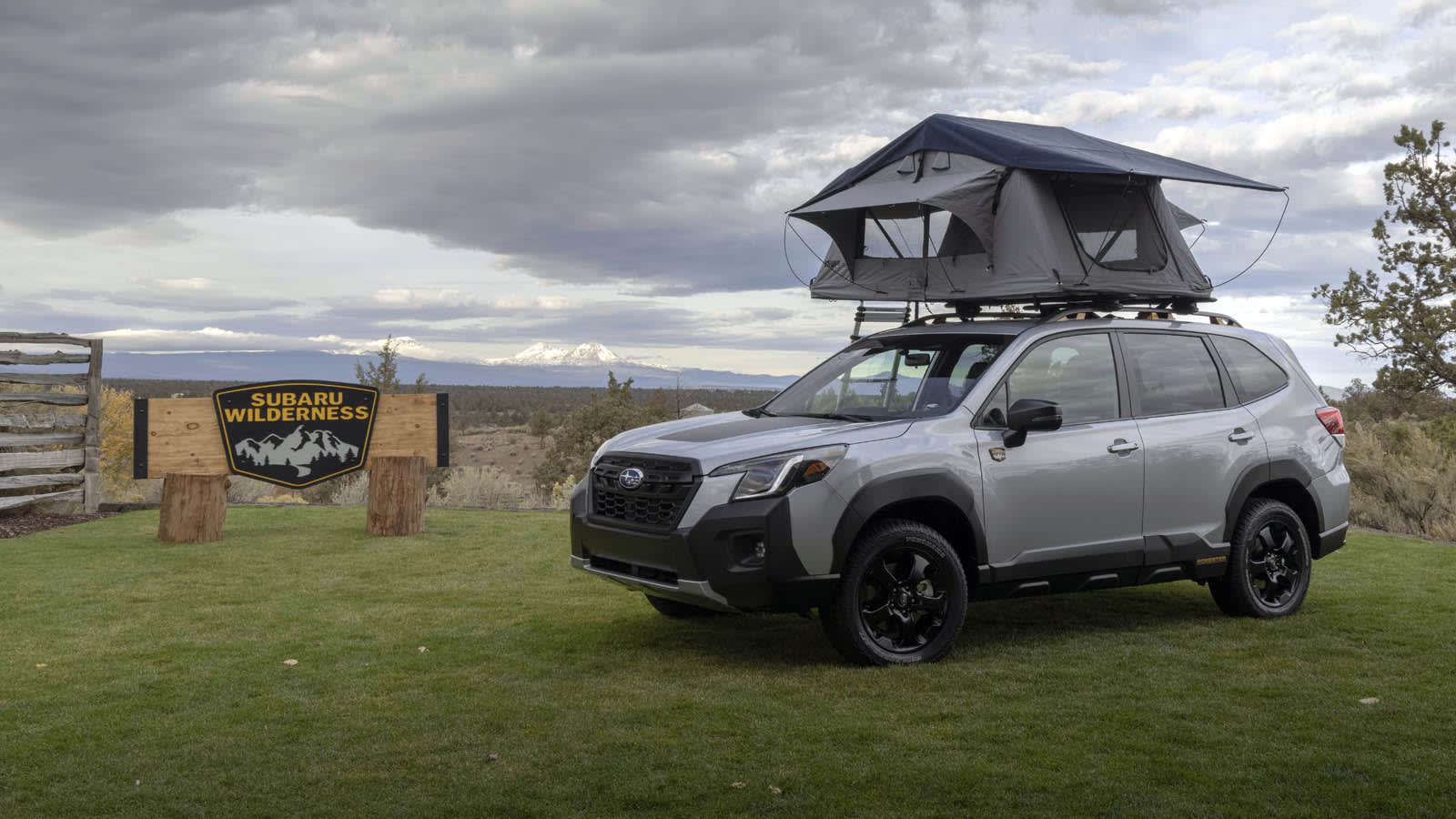
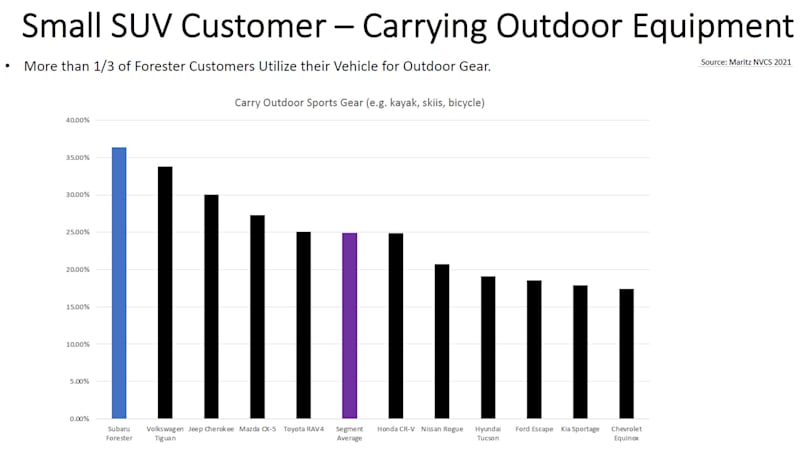
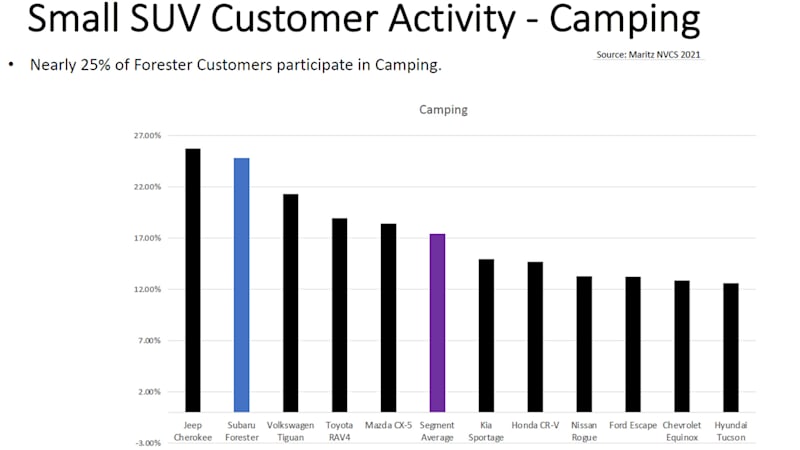
Being a product planner means looking at charts like these to determine things like how people are actually using your cars, and how can you lean into that further?
Autoblog: When I told my fellow editors that it’d be interviewing you today, I asked if anyone had any questions to add. One jokingly asked when will Subaru finally give people what they want and put the WRX engine in a Crosstrek? I am not going to ask you that. Instead, I’m going to ask how would you go about finding out if people actually DO want that? How would you go about the research process to find out if that or any other assumption/request is worth pursuing?
Michael: As you know, we did put the 2.5-liter engine into Crosstrek. From its inception, it only had the smaller 2.0-liter engine. In this situation, we did hear from media, we did hear from customers that, “Hey, the Crosstrek was a little slow.”
We do take a look at various third parties that provide survey information and we look at the questions (regarding) how satisfied are customers with the performance of their vehicle. For the most part, these are going to be fairly positive because they decided to buy the vehicle in the first place.
So then we (talk to) people that avoided the vehicle and never visited a dealership at all. Why did you avoid the vehicle? Was it styling? Was it features, was it comfort? Was it power? We also look at rejectors. That’s a person who did go to a dealership, who actually drove the car. They loved these aspects about it and didn’t like these, and these ones were deal breakers. So we look at what were the deal breakers for the rejectors. And then for the people who did buy the vehicles, we’ll ask, “If you could improve three things on the vehicle, what would those things be?”
If there is a common need identified, we start looking for what level are they looking for? So with customers who are asking for more power, does this mean that they are looking for 20 more horsepower or are they looking for 50 more horsepower?
And then once we establish all that, we obviously have to make a business case for it. What is the size of the market? What’s the return on investment? We want to make sure that we’re making our customers happy, but at the same time, we’re also looking at whether there are enough customers there to make this business case.
So with the 2.5, we found that there was a market for it and saw that it would make an impact. And it seems like obviously this was a good decision. I think at this point we are around 60% for 2.5 sales on Crosstrek.
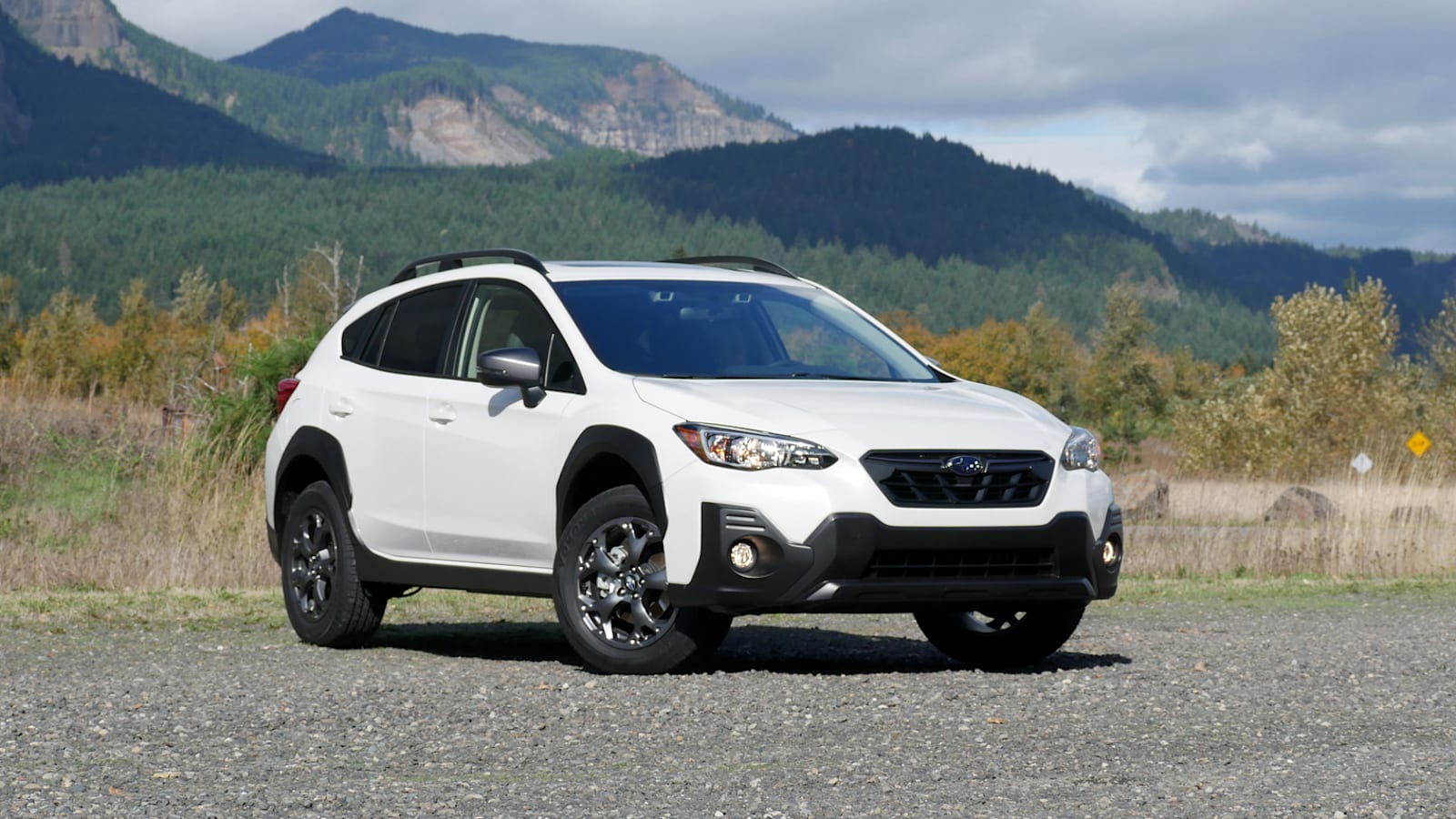
The Subaru Crosstrek Sport, one of two trim levels to come standard with the new 2.5-liter engine.
Autoblog: Now getting to you. How did you end up as a car line planning manager, and how did you end up with Subaru?
Michael: So I am just under 17 years with Subaru and if you’ll humor me, I’ll tell you my origin story, so to speak. So when I was going to college, I had a really good job as a pharmacy tech and needed to have a car to get there. My mother is law enforcement and she’s seen a lot of accidents and wrecks and thought I was too young to drive. And this is in Texas – everybody had a car. Um, everybody had a truck. So I went out and bought my own vehicle myself with what I could afford: a 10-year-old Subaru Legacy. I didn’t know what I bought at the time. It was probably the only one in Texas.
The very first night that I was driving it, I was in a drive-through for Jack-in-the-Box and this really acrid smell started coming out of the vehicle. And I was like, oh no, I bought a lemon, what did I do? Turns out I was just driving with the emergency brake up. Yeah. So that made me go and do a bunch of research on Subaru and the more that I got into it, I saw all of these awards that Subaru had, high safety ratings, all these great reviews. And the more that I drove that car, the more I was like, “I really want to go work for that company.” I believe in their product. This is something really cool. I want to go work for Subaru.
So I tried a couple of times to get an internship with Subaru, just going onto the website and submitting my résumé. And I’m pretty sure that just went into a black hole somewhere because I never heard back. So eventually I was getting close to graduation and I called up Subaru, got through to the HR department. And they basically were like, “We’re not hiring at this time, and it probably would benefit you to get some sort of experience.” And I was like, what sort of experiences is good for your company? And I was basically told, “I don’t know, but you should get some experience.”
So I just decided to go work at a dealership, for Subaru Dallas. And that experience kind of opened my eyes to a lot of things. I learned a lot obviously. I ended up being the No. 1 salesperson in the district within a few months and started to catch the eye of corporate. About a year later I was invited to interview with Subaru. I got the job, I was a management trainee for my first two years and then they moved me up to Portland, Oregon, where I was a district sales manager for three years.
(A few years into that), I read an article in an automotive magazine that talked about someone that worked in product planning for another car company. And I was like, wow, that would be awesome. You know, to actually be able to have some impact on the product. So I started working towards moving into product planning at that time.
After Portland, I was down in L.A. as a district sales manager for five years, then a regional product training manager for a year, a Star Link (telematics system) sales manager for a year, and then finally was able to get an opening in product management as the analysis manager for a short period of time. And then, made it to the holy grail of (my current) car line manager position. So it was a long, long run. I think it was about 12 years or so of effort.
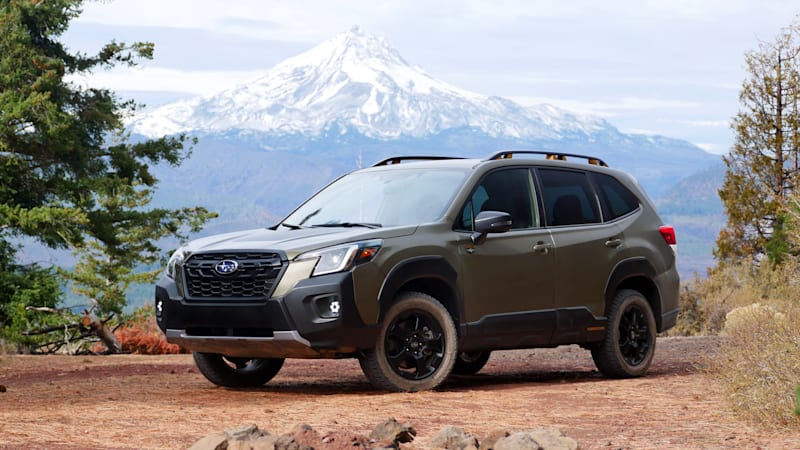
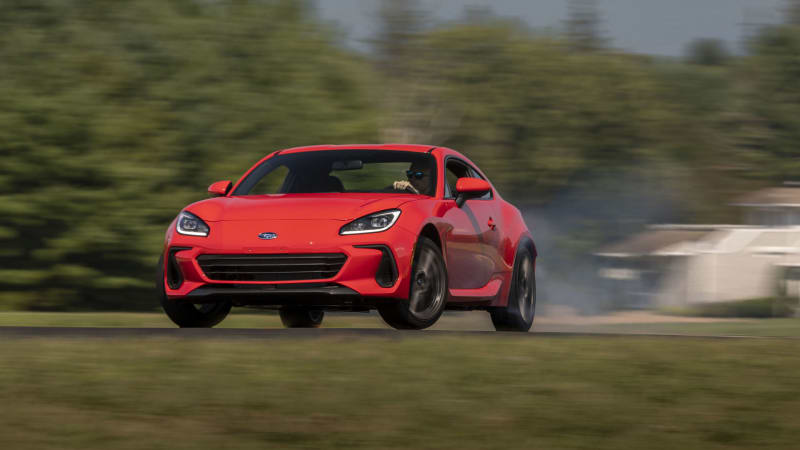
Product planners can work on very different vehicles within a lineup. For instance, Redic worked on both Forester Wilderness and the Subaru BRZ.
Autoblog: I’m guessing that history isn’t typical for someone who does your job. What is a more typical road, let’s say?
Michael: We have three (car line managers), including myself. One of the others started as an analyst within the company and then from there was promoted to a car line manager position when there was an opportunity. So I’d say that’s more traditional. The other car line manager came into the company as an engineer working through our accessories department, which works very closely with us and product management. That seemed like a more natural transition for them as well. So I probably have the most atypical journey, especially cause at the time I think that the vast majority of car line managers were engineers.
I did not have that full technical background, so perseverance and right timing, I think.
Autoblog: If you were the HR person who received your phone call all those years ago, what advice would you give to someone who might want to do what you do or at least work on a team like yours?
Michael: My advice would be first and foremost, don’t take no for an answer. If you find something that you really, really, really want to do, I would say make sure that you’re putting in the effort to make the company feel that they would be doing themselves a disservice by not hiring you. Make sure that you are building yourself, your skill set, your experience to where when the next time that you get a shot, that you are able to show without literally saying it, “You know, you’d be foolish if you did not bring me into your team.”
Related video:



